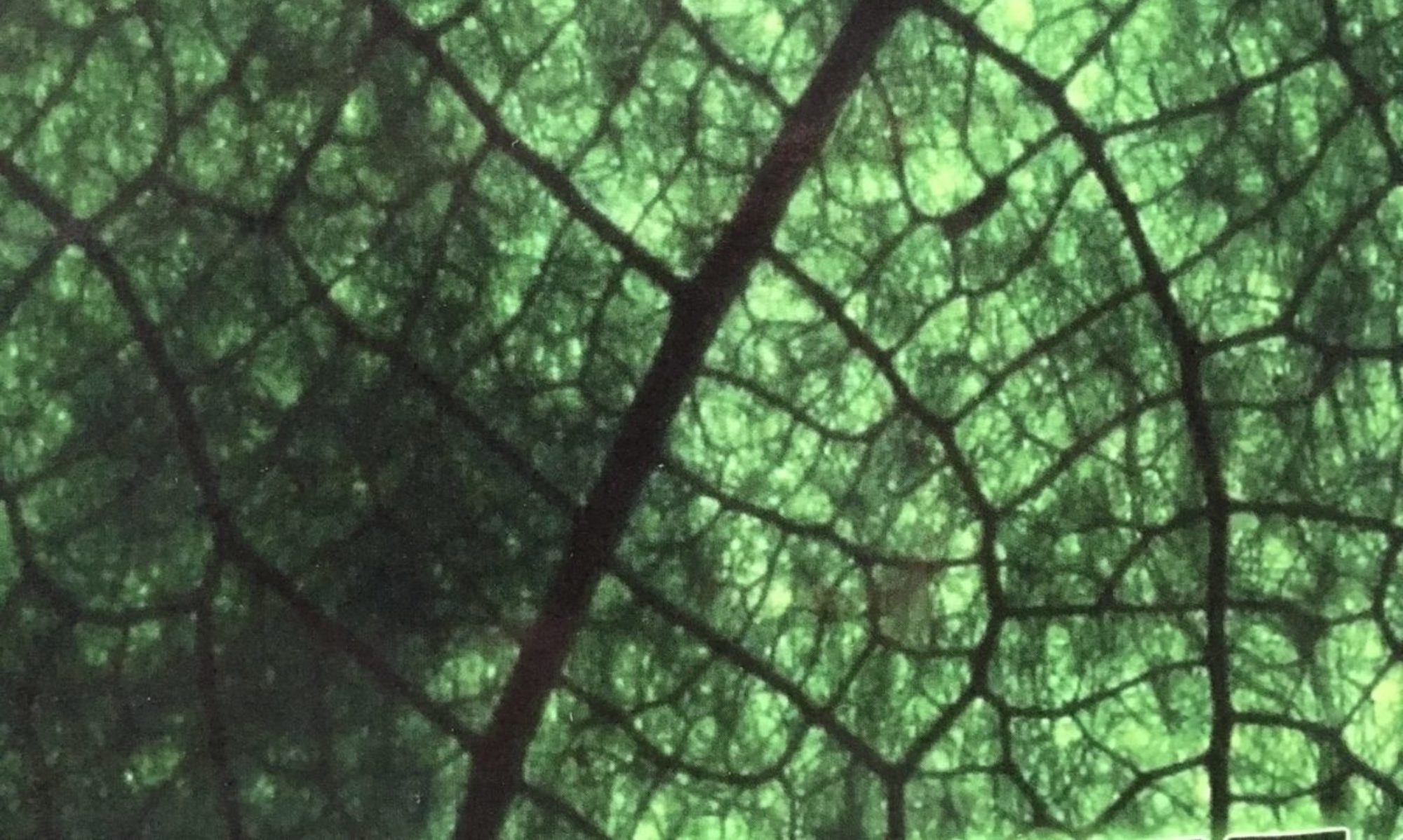(The following is a Facebook post I made in February 2021 to the Transformative Adventures group. I had meant to copy-paste it here but evidently forgot til now!)
PATHS!!! That was the topic in our PDC last night. (Sorry I could only stay for one hour, had another meeting but even just that one hour was great stuff – thanks Mike and everyone!)
Paths at Harvey House (AKA Heaven’s One-Tenth Acre), located in Daytona Beach Florida three blocks from the Atlantic Ocean, are actually not all that time-consuming to maintain. I layer grass or leaves or whatever, and add new layers as needed. In some areas I use stepping-stones (urbanite, scrounged from curbside with my trusty garden cart, Ms. Carty Cartwell or her big bad sister, Ms. Dolly DoRight (a large dolly bought used on NextDoor).
My paths, besides facilitating walking around my yard, serve also as “fertility farms”: When I need some soil to pot a plant, I dig for it under the leaves or under a concrete chunk that’s been sitting for awhile. After three years living in this house, building the soil with grass clippings and leaves and food scraps, I finally am starting to HAVE actual soil here, as opposed to the parched combination of beach-sand and weed n feed residue that came with the house.
What DOES take a lot of time & energy to manage at my place is what I call the “public interface sector.” Living on a corner lot, I have two sides of my house fully exposed to street view. This takes a lot of energy, thought, and sometimes money too to manage.
Am striving to plant as many different natives & edibles as possible. These not only provide food & habitat for critters, and food & medicine for me, but also serve as living buffers for:
1) aesthetics – I like my clothes washing area, outdoor kitchen area, etc., just fine, but don’t prefer to inflict views that neighbors might not find aesthetically pleasing;
2) visual privacy (I don’t particularly want to be in view all the time doing everything);
and
3) screen out excess streetlighting, to provide at least a little oasis of nighttime darkness for the house’s human occupants & wildlife.
4) stormwater sponge; mitigation of drought-flood extremes
5) mitigation of temperature extremes
Recently I noticed that even though this is a lot of work, it has also brought me satisfaction and even joy. I love it when passersby tell me they love my yard. And when they ask what the different plants are, etc. It’s fun too to overhear passersby saying “This is a cool yard. Hey look at that Wildlife Sanctuary sign, that is dope!” — etc.
My fence line also, it occurred to me yesterday, serves as a “nurturing my neighborhood” sector. Along with the Little Free Library, and the empty tin cans that I fill with cut wildflowers and attach to the top of the fence for added beauty (when I have to cut back the wildflowers because they are starting to block the sidewalk), and the “Dream Big” sign I found at a thrift shop and screwed onto the fence, there are also many other things I could potentially do along the fence line to show love and build community.
Last night, my creativity sparked by the “Paths” class, I started a list. (I would not necessarily do all these, such as the aquarium — but it is fun to brainstorm freely!!)
- Aquarium
- Bench nestled into fence, under shady tree
- Beverage dispenser
- Cookie jar
- Mini wading pool/pond super accessible at corner of lot, with flat stones for sitting on
- Public food garden box
- Art pod (mini paintings etc hanging in a shadow box)
- Clothes closet – take what you need!
- Attractive compost box with signage “please feed the earthworms” etc
- Seed station (I actually did that at one point but my design was flawed, the seeds got rained on and the box labels faded in the sun)
- Community jewelry box
- Cork bulletin board for posting “word of the day,” local business cards, neighborhood announcements etc.
Of course, the entire sidewalk that wraps around two sides of my yard is ITSELF a path!! A path that the city maintains of course, but also a path that I need to give attention to in order to be a good neighbor.
Fabric in my house travels a path from clothing to useful rags to compost. A cherished quilt that’s wearing out will get reinforced by sashiko-inspired visible stitching. And friends have expressed interest in learning how to do mending, so I will share my knowledge with them via multiple PATHs — a photo essay, maybe a Facebook Live, and even a Zoom meeting!
Even my hair travels a path to the compost. (Actually I lean over the compost area to cut my hair, so it goes straight from my head to the earth, do not pass go, do not collect 200 dollars!!!)
